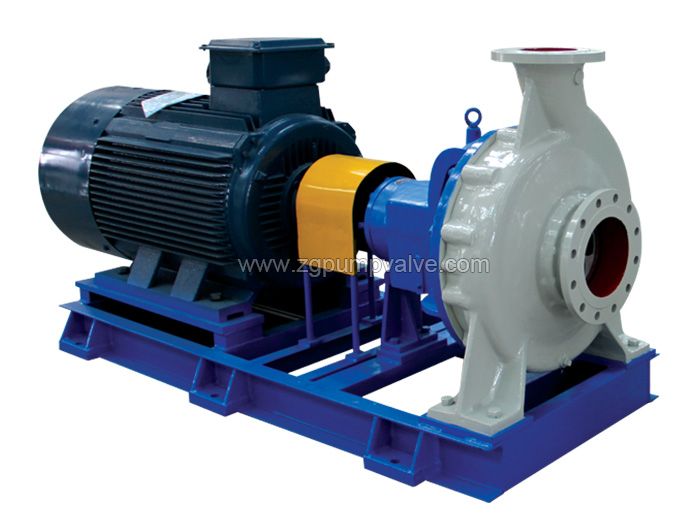Learn - Jul. 25, 2020
3. Vacuum water tank filling method
For small pumping stations without bottom valves, the vacuum water tank filling method can be used. The vacuum water tank is a closed water tank made of iron sheet welding. Its volume is at least 3 times the volume of the inlet pipe. The location of the water tank should be as close as possible to the pump, and the bottom height of the water tank should also be slightly lower than the axis of the pump. The height of the vacuum water tank is generally twice the diameter of the water tank.
Before starting the pump, fill the water tank with water to seal it. After the water pump is started, the water pump enters the water from the vacuum tank. As the water level of the water tank drops, a certain vacuum is formed in the water tank. The water in the water tank will enter the water tank through the water inlet pipe under the action of atmospheric pressure, thereby forming a water circulation. The centrifugal pump starts to operate normally.
4. Jet pump water filling method
When the diesel engine is used to drive the water pump to pump water, the exhaust gas discharged from the diesel engine can be used to pass into the jet that communicates with the top of the water pump for pumping and filling water, thereby removing the bottom valve of the water pump. When the water pump is started, the valve cover connected to the handle is closed, the exhaust gas is ejected from the jet, and the air in the pump is sucked out through the connecting pipe. After filling the water, open the valve cover and close the control valve. The advantage of this water filling method is that it fully utilizes the power machine and that it improves the efficiency of the pumping station.

5. Self-suspension diversion and water filling method
The self-suspension water diversion and water filling method uses the difference in bulk density of water and air, and is realized through the principle of "water-air displacement". This method can remove the bottom valve of the water pump. First of all, design a ventilation tank with a proper amount of containers. The ventilation tank is generally made of plastic products, but can also be thin metal parts, and the cost is only half of the bottom valve. Then, place the ventilating tank at the water inlet of the water pump to form a communicating body with the water pump and pipeline. At the same time, install a ventilation control valve on the ventilation duct between the ventilation tank and the water pump. When filling water, fill the gas exchange tank with water in advance, then seal it with a cap, and then open the gas exchange valve. After the air exchange is completed, close the air exchange valve, and a part of the water will be suspended in the inlet pipe. Repeat this method several times, the air will be exhausted, and the water inlet pipe will be filled with water. At this point, the water pump can be started for lifting operations. Before shutting down, as long as the gate valve is closed and then shut down, the water diversion will not sit back. There is no need to irrigate and divert water next time you start it. The advantages of this water filling method are the lower price of the gas exchange tank, easy manufacture, low labor intensity, and energy saving.
The above information is provided by horizontal chemical pump factory.